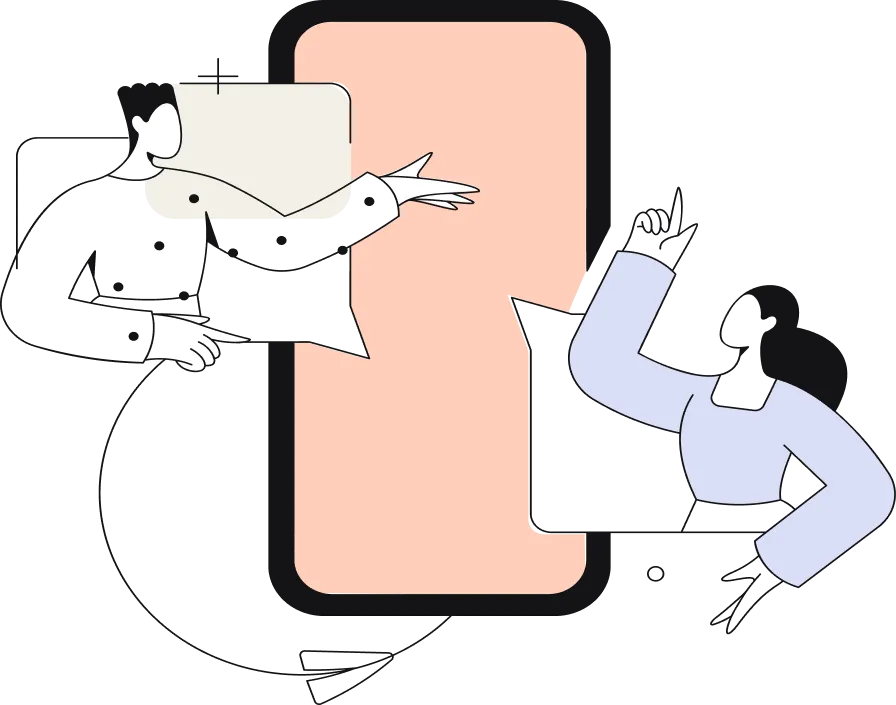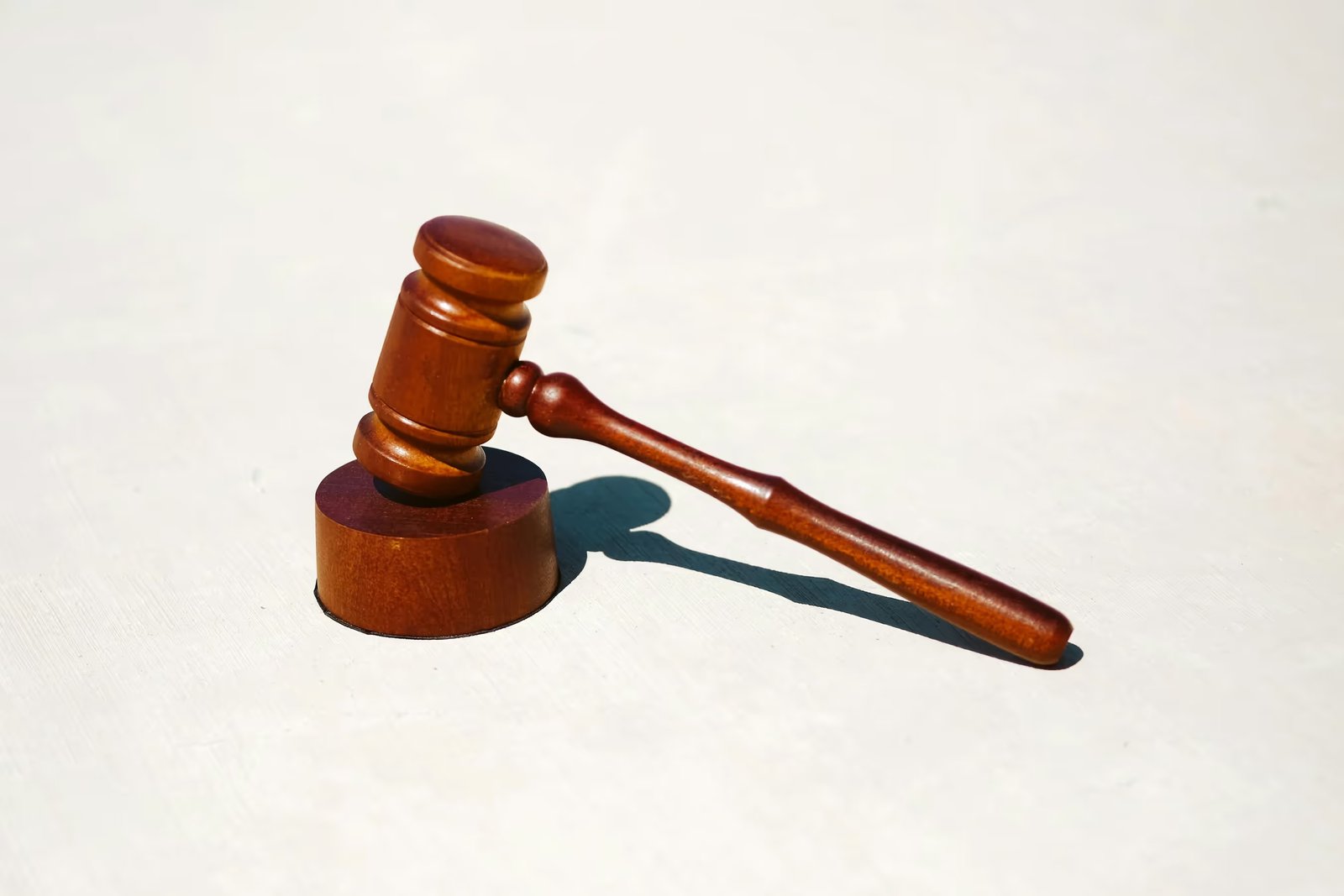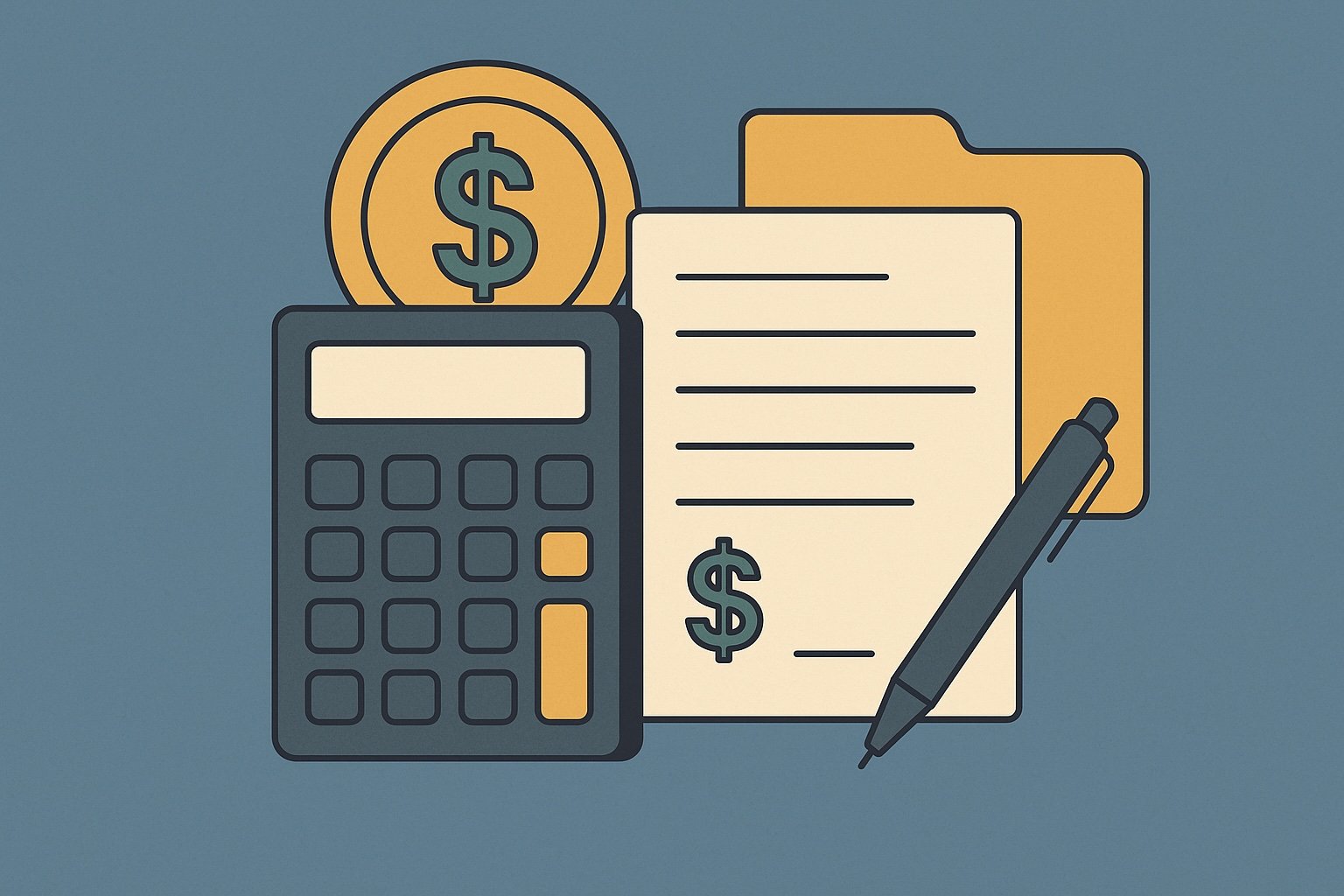Question
ARTE's Answer
Using a 1031 exchange is a strategic way to defer capital gains taxes when selling investment or business property and reinvesting the proceeds into a like-kind property. Here’s a detailed guide on how to effectively use a 1031 exchange, with an example to illustrate the process.
Step 1: Determine Eligibility
First, ensure that both the property you are selling (relinquished property) and the property you intend to purchase (replacement property) qualify for a 1031 exchange. Both properties must be held for investment or business purposes. Personal residences do not qualify.
Step 2: Engage a Qualified Intermediary
To comply with IRS regulations, you must use a Qualified Intermediary (QI) to facilitate the exchange. At Deferred.com, we offer qualified intermediary services, and our “No Fee Exchange” can save you money. As your QI, we will handle the sale of your relinquished property and the purchase of your replacement property, ensuring you do not have constructive receipt of the funds, which would disqualify the exchange.
Step 3: Identify Replacement Property
After selling your relinquished property, you have 45 days to identify potential replacement properties. You can identify up to three properties regardless of their value, or more if they meet certain valuation criteria. This identification must be in writing and delivered to your QI, Deferred.com.
Step 4: Complete the Exchange
You must acquire the replacement property within 180 days of selling your relinquished property or by the due date of your tax return (including extensions) for the year in which the relinquished property was sold, whichever comes first. Deferred.com will facilitate the purchase, ensuring the funds are properly transferred to complete the exchange.
Example
Let’s say you own an investment property, a small apartment building, which you purchased for $300,000. Over the years, its value has appreciated, and you now have an opportunity to sell it for $500,000. You want to defer the capital gains tax on the $200,000 gain by using a 1031 exchange to purchase a larger apartment complex.
- Sell the Relinquished Property: You sell your apartment building for $500,000. Deferred.com, as your QI, holds the proceeds from the sale.
- Identify Replacement Property: Within 45 days, you identify three potential replacement properties, all larger apartment complexes valued at $600,000, $650,000, and $700,000.
- Acquire Replacement Property: You decide to purchase the $650,000 apartment complex. Deferred.com uses the $500,000 held from the sale of your relinquished property to fund the purchase. You secure additional financing or use other funds to cover the $150,000 difference.
By following these steps and using Deferred.com as your QI, you successfully defer the capital gains tax on your $200,000 gain, allowing you to reinvest the full amount into a more valuable property. This strategy not only defers taxes but also helps you build wealth by leveraging your investment into a larger asset. Always consult with a tax advisor to ensure compliance with all IRS regulations and to tailor the exchange to your specific financial situation.
Have more questions? Call us at 866-442-1031 or send an email to support@deferred.com to talk with an exchange officer at Deferred.
Sources
- Goolsby v. Commissioner
- What To Do About Exchange Expenses in a Section 1031 Exchange? (Article)
- TAM 200039005 (Failed Reverse Exchanges)
- Deferring Losses On The Sale of Property Using 1031 Exchanges
- Rev. Rul. 2002-83 (Related Party Exchanges)
- TAM 200039005 (Failed Reverse Exchanges)
- 1.1031(k)–1 (IRS Code of Federal Regulations)
1031 Question? Ask ARTE
Deferred's AI 1031 Research Assistant is trained on 8,000+ pages of US tax law and outperforms human CPAs by 22%+
CHAT NOW
Learn More
See more frequently asked questions about 1031 exchanges








